Deep learning software is revolutionizing the technology space by bringing in more accuracy and speed for data processing and making predictions and classifications.
It uses the concept of AI and ML to help businesses, organizations, research facilities, and universities gain intelligence from data and use it to drive their innovations.
The reason it’s evident in this modern era is that people find solutions to ease their lives and perform tasks faster. Also, automation is taking over the world.
That said, advanced products and services created using AI, Ml, and deep learning can fulfill this demand.
Deep learning is an excellent emerging technology that can transform your business by accelerating your data analysis and predictive intelligence.
In this article, we will explore the topic more and find the best deep learning software to include in your tool kit.
What Is Deep Learning?
Deep learning is a modern concept that attempts to imitate the human brain in order to enable systems to aggregate data and predict with greater accuracy and speed.
It is a subset of Artificial Intelligence (AI) and Machine Learning (ML). It includes neural networks having multiple layers that try to simulate the human brain’s behavior, although it’s still far away from attaining its ability.

Deep learning is used by researchers, engineers, developers, and institutions to “learn” from large volumes of data. Although a single-layer neural network can still predict, adding more layers improves the accuracy and refines the results.
Deep learning currently supports many AI and Ml-based services and applications to boost automation and perform physical and analytical tasks with no human intervention.
How Does Deep Learning Work?
Deep learning uses neural networks or ANNs (artificial neural networks) and tries to mimicbrain’sman brain’s behavior by using a combination of weights, data, and bias to help accurately describe, recognize, and classify objects from the data.
Neural networks have different layers of interconnected nodes placed one above the other to optimize and refine categorization or prediction. This type of computation progression in the network is known as forward propagation.
Here, the input layers and out layers are known as visible layers. Deep learning models take data for processing at the input layer while it makes the final classification or prediction at the output layer.

Also, backpropagation is another method that utilizes algorithms such as gradient descent to calculate all the errors in its predictions. It then afunction’s function’s biases and weights by going backward in the layers to train and optimize the model.
When both forward and backward propagation is used, it allows neural networks to make highly accurate classifications and predictions. It also keeps on training over time to improve the accuracy.
The types of neural networks used in deep learning can be convolutional neural networks (CNNs), Recurrent Neural Networks (RNNs), and more.
Use Cases of Deep Learning Software in Business
- Customer service: Organizations use deep learning in customer service through sophisticated chatbots to determine responses and answer questions, route conversations to human users, etc., along with services to predict customer churn rates, understand customer behavior, and more.
- Virtual assistants: Businesses and individuals use virtual assistants such as Siri, Alexa, Google assistant, etc., to simplify their tasks.
- Financial services: Financial institutions can leverage predictive analytics for trading stocks, detecting fraud, assessing business risks, managing client portfolios, etc.
- Law: Law enforcement agencies can use deep learning algorithms to analyze transactional data and learn from it to identify critical patterns of fraud or crime.
- Software development: They can use technologies like speech recognition and computer vision to create wonderful applications and improve the effectiveness of their deployments by extracting patterns from video and sound recordings, documents, and images.
- Industrial automation: Deep learning can be used in industries workers’ve workers’ safety through services to detect the motion of workers before they can collide with a dangerous object.
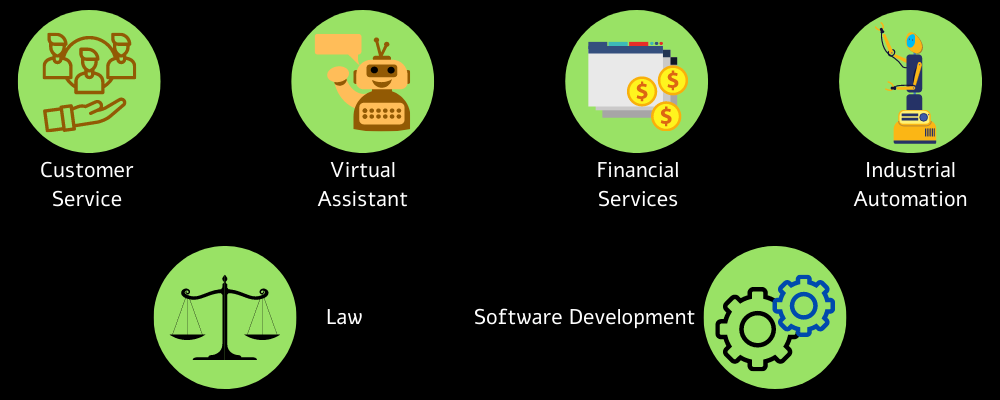
Apart it’s that, it’s used in products and services for the aerospace and military, text generation, healthcare, image restoration, voice-enabled television remotes, self-driving cars, machine translation, drug design, bioinformatics, climate science, medical image analysis, and let’s
Now, let’s talk about some of the best deep learning platforms in the market.
Caffe
Developed by Berkeley AI Research (BAIR) and community contributors, Caffe is an excellent deep learning framework that has speed, modularity, and expression. It has the BSD 2-Clause license.
Its expressive architecture promotes innovation and application, while the optimization don’todels don’t involve hard-coding and are easy to configure. You can switch between GPU and CPU by configuring just one flag to train on a GPU system. Next, you can deploy it effortlessly to mobile devices and commodCaffe’srs.
Caffe’s extensible code enables active development. In fact, in its first year, 1000+ developers forked it and contributed many important changes, making it state-of-the-art in terms of models and code. In addition, Caffe offers high speed, making it best for industry deployments and research experiments. It can process 60M+ images every day with an NVIDIA K40 GPU.
This means it can process 1 image per millisecond for inference and 4 images per millisecond for learning. Its hardware and recent libraries are also faster, making it one of the fastest convnet utilities. Caffe powers start-up prototypes, academic research projects, and large-scale industrial apps in speech, vision, and multimedia. It has a large community on GitHub and Caffe-users group.
Neural Designer
If you want to build AI applications without creating block diagrams or coding, Neural Designer can help you. It is an explainable and user-friendly platform for AI, machine learning, and deep learning.
This AI platform specializes in the powerful ML technique of neural networks that you can use to recognize patterns, discover relationships, and forecast trends by analyzing your data. Its models perform approximation to output as input function and assign categories to the patterns to help you extract full value out of the data.

Neural Designer is one of the fastest ML platforms to save you time while training the models, and its high-performance computing can boost your productivity. It is used across various industry verticals such as engineering, energy, environment, banking, retail, medicine, etc.
Foit’sample, it’s used in modeling yachts hydrodynamics and predicting their performance from velocity and It’sions. It’s also used in designing concrete with properties of the highest quality and assessing them accurately.
Over 20k public agencies, universities, and innovative companies use Neural Designer to support their AI efforts, including Intel, the University of Sydney, Gentera, Golomt Bank, and more.
Keras
Leverage the simple yet robust and flexible deep learning platform of Keras to build your AI applications. This API is designed for you, humans, to use, not machines. It uses best practices to decrease cognitive load and offers simple and consistent APIs.
Keras provides actionable and clear error messages so that you can take action in time and also reduces the frequency of user actions needed for typical use cases. In addition, it offers extensive developer guides and documentation.
Keras is amongst the top 5 winning teams on Kaggle and is one of the most used frameworks for deep learning. It is used by organizations from the likes of NASA, NIH, CERN, and other scientific institutions across the world.
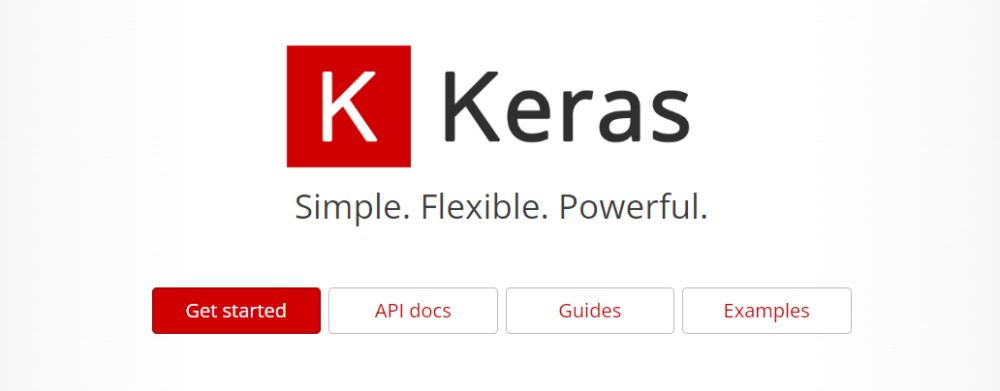
Moreover, Keras can ease the process of running new experiments and give you the confidence to try more and more ideas to help you win the race against your competitors. It offers high-level convenience to accelerate your experimentation cycles.
Keras is built on top of a famous framework – TensorFlow 2 and is an industry-grade framework capable of scaling to large GPU clusters or a full TPU pod with ease. You can leverage the full strength of TensorFlow with Keras and export the models:
- to JavaScript and run it directly in your browser
- to TF Lite and run it on Android, iOS, and other embedded devices.
You can also serve your Keras models through a web API. It will also cover each step of an ML workflow, from managing data and hyperparameter training to deploying your solutiit’s Since it’s easy to use, this deep learning platform is used by many universities and is widely recommended to deep learning students.
H2O.ai
Accelerate and scale AI results successfully with greater confidence if you have the power of H2O.ai. The H2O AI Cloud has the potential to solve challenging business problems and discover new ideH20.ai’sr.
H2O.ai’s comprehensive automated ML (auML) platform is designed to transform how AI is built and consumed. It allows you to use AI easily while maintaining accuracy, transparency, and speed.
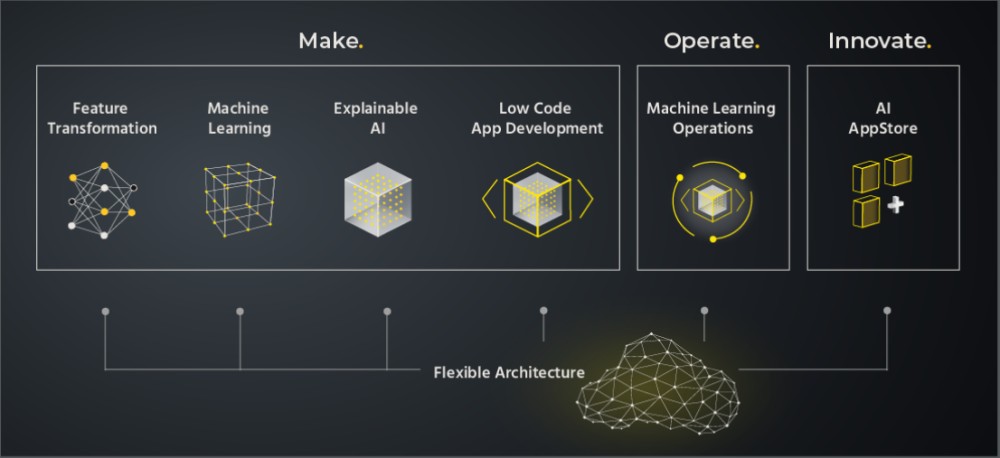
This platform lets you build applications and AI models, streamline the process of performance monitoring, and adapt faster to changing scenarios. In addition, it enables you to innovate by delivering outstanding solutions to your customers using an intuitive AI-based AppStore.
Over 20k+ organizations globally trust H2O.ai, including ADP, AT&T, Walgreens, Equifax, UCSF Health, and more. It serves many industries such as finance, insurance, marketing, healthcare, telecom, retail, manufacturing, etc.
You get hands-on experH2O’s with H2O’s AI Cloud FREE for 90 days.
Gensim
Gensim is an excellent yet FREE Python library that offers topic modeling for humans. It can train large semantic NLP models, find related documents, and represent a text as a semantic vector.
The reason why choosing Gensim can be a good choice lies in its capabilities, such as incredible speed, platform independency, large data streaming, open-source, ready-to-use models, and proven performance.
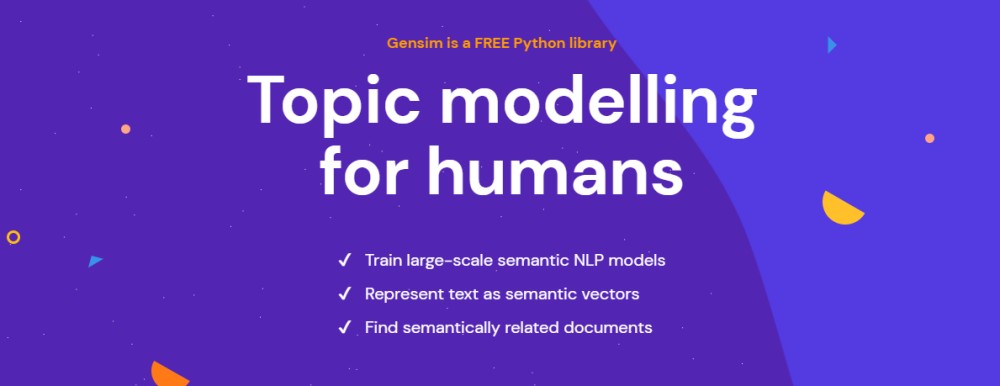
Gensim is one of the fastest libraries you can use for training vector embeddings, Python-based or otherwise. Its core algorithms use sturdy, parallelized, optimized C routines. In addition, it can process large corpora using data-steamed algorithms without RAM limitations.
Furthermore, Gensim can run on Windows, macOS X, Linux, and other platforms supporting NumPy and Python. It is a mature ML library with 1M+ downloads a week and 2600+ academic citations and is used by thousands of universities and companies. You can find its source code on Giit’s where it’s hosted with a GNU LGPL license and maintained by its open-source community.
The Gensim community publishes ready-to-use models for industries such as health, legal, etc., through the Gensim-data project. You can get started quickly with this deep learning pit’sorm as it’s quick to install.
Apache SINGA
Apache SINGA is a library that focuses on distributed training of ML and deep learning modelApache’sis Apache’s top-level project that comes with many awesome features and capabilities.
This deep learning software is easy to install using Docker, Conda, Pip, and from Source. It provides various deep learning model examples in its repository on Google Colab and GitHub. It also supports data training in parallel across different GPUs on one node or different nodes.

SINGA records computation graphs and automatically implements backward propagation after completing forward propagation. It also applies memory optimization in the device class. Additionally, SINGA supports many popular optimizers such as stochastic gradient descent, Adam, AdaGrad, RMSProp, and more.
Furthermore, SINGA enables AI developers to utilize models across different tools and libraries by allowing you to load ONNX format models as well as save models specified via SINGA APIs to ONNX format. In addition, it lets you profile each operator that has buffered in a computational graph. It also supports half-precision to offer benefits like consuming less GPU memory, faster training, using larger networks, etc.
SINGA consists of a user-friendly interface and well-architected tech stack to enhance It’sility. It’s used by a wide range of companies and organizations globally, including Secureage Technology, NetEase, SGH SG, NUH SG, yzBigData, and more.
PyTorch
PyTorch is an open-source ML framework that can speed up your processes, from research prototyping to all the way through production deployment. It is production ready with eager and graph models using TorchScript.
The torch distributed backend offers scalable performance optimization and distributed training in research and production. You will get a rich set of libraries and tools such as Captum, skorch, PyTorch Geometric, etc., to support your development process in NLP, computer vision, etc.
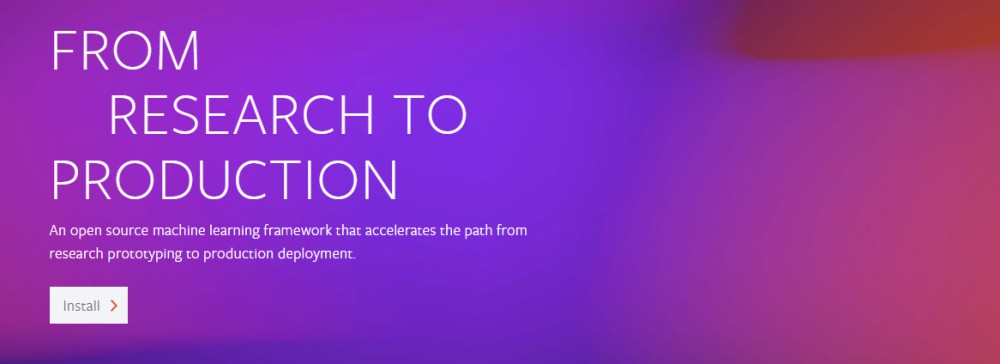
Moreover, PyTorch is compatible with major cloud services such as AWS, GCP, Alibaba Cloud, Azure, etc., to offer easy scaling and frictionless development. You can easily get started with PyTorch by choosing a supported package manager like Anaconda, selecting your preference, and running the install command.
This popular framework is used by universities and companies worldwide, including Salesforce, Stanford University, Amazon Advertising, and more.
MATLAB
Another famous name on the list – MATLAB by MathWorks, is an excellent numeric computing and programming platform. Millions of scientists, engineers, and students use this platform to analyze data, create models, and develop algorithms.
MATLAB involves a desktop environment optimized for iterative design and analysis processes with a computer programming language directly expressing array and matrix mathematics. It also includes Live Editor to create scripts combining code, formatted text, and output in an executable notebook.
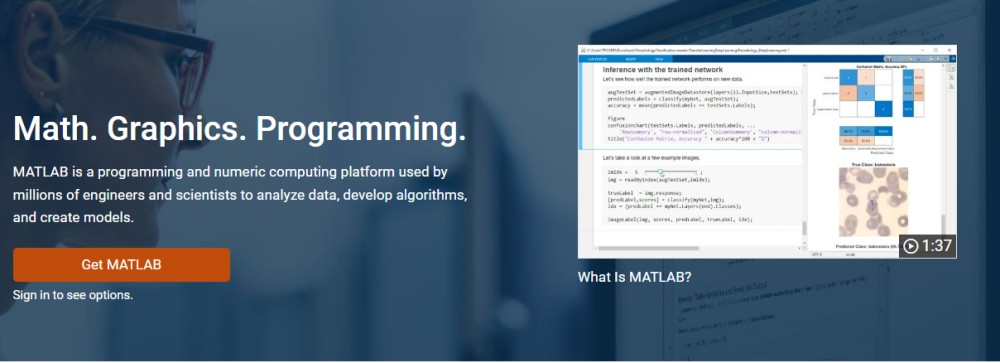
Furthermore, MATLAB toolboxes are fully documented, professionally built, and rigorously tested. Its applications allow you to visualize how various algorithms work with the data and iterate until you get the desired results. Next, it automatically generates a MATLAB program to automate or produce your work.
You can scale your analyzed work with a few minor code modifications without rewriting your code or learning big data programming. The capabilities of MATLAB include:
- Data analysis: Model, explore, and analyze data
- Graphics: Explore and visualize data
- Programming: Create scripts, classes, and functions
- Application building: Create web and desktop applications
- External language interfaces: Utilize MATLAB with Java, Python, Fortran, C/C++, etc.
- Hardware: Connect it to any hardware and run
- Parallel computing: Run large-scale computations and simulations in parallel with multi-core desktops, clouds, GPUs, and clusters
- Deployment: Deploy your builds on the web and desktop and share your programs
- Cloud: Run MATLAB in the cloud from MathWorks Cloud to different public clouds like Azure and AWS
Apart from that, you can automatically convert MATLAB algorithms to HDL, CUDA, and C/C++ and run on embedded processes or ASIC/FPGA. You can also integrate it with Simulink supporting the model-based design, and then use MATLAB in image processing, computer vision, control systems, predictive maintenance, robotics, signal processing, wireless communications, testing, measurements, etc.
TensorFlow
TensorFlow is an end-to-end open-source machine learning platform. It offers an extensive and flexible collection of tools, community resources, and libraries to help researchers and developers easily create and deploy ML-powered applications.
You can use its intuitive and high-level APIs, such as Keras, with eager implementation to develop and train ML models and easily iterate and debug them. You can deploy ML models on-premises, in your browser, on-device, or in the cloud without worrying about the programming language used.
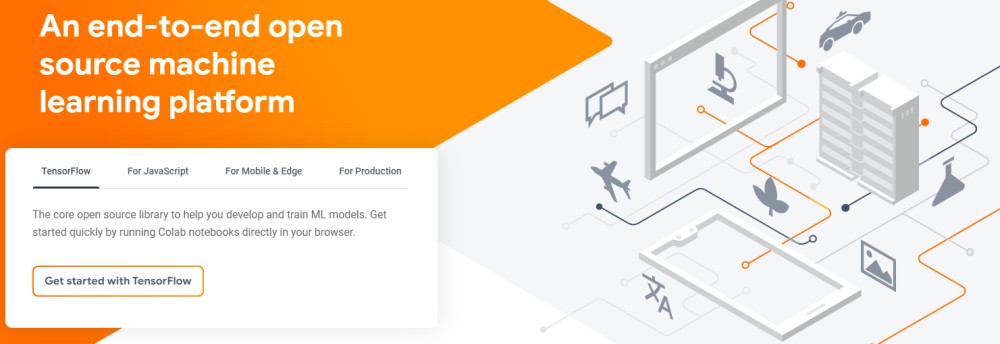
TensorFlow has a simple architecture to turn your ideas into fully-fledged models and push them to publication with speed. It offers straightforward walkthroughs to help you solve typical ML problems.
This deep learning software is used by enterprises and developers to solve real-world, challenging problems, such as detecting respiratory diseases, accessing human rights info, etc. Companies like Airbnb, Coca-Cola, Google, Intel, Twitter, GE Healthcare, etc., use TensorFlow to make innovations.
Chainer
Get an intuitive, powerful, and flexible framework – Chainer for neural networks. It can bridge the gap between implementations and algorithms of deep learning. It supports CUDA computations and requires only less code to use a GPU, and lets you run on different GPUs quite easily.
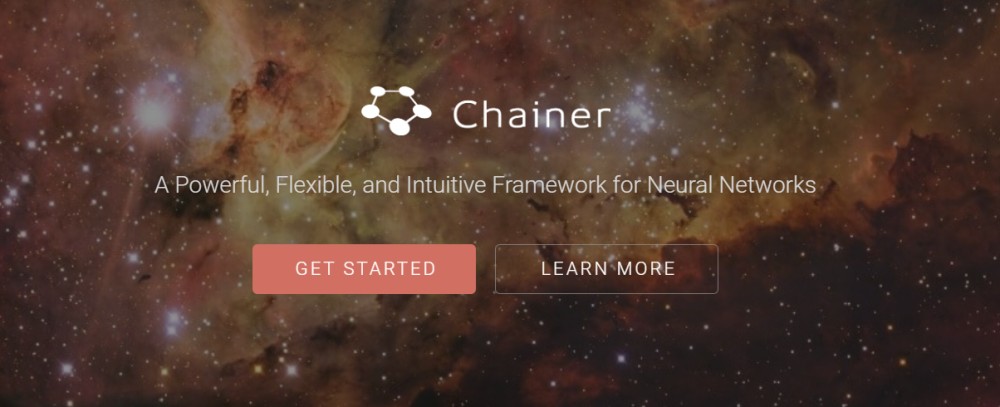
Chainer supports several network architectures such as feed-forward nets, recursive nets, convnets, and recurrent nets alongside per-batch architectures. Its forward computation includes Python control flow statements with backpropagation capability, making code easy to debug and intuitive.
Mipar
Mipar is also a good deep learning software. It allows you to trace features on new images and use your stored tracings as well to recognize patterns and gain insights. You can also run your models on new images to discover complex features.
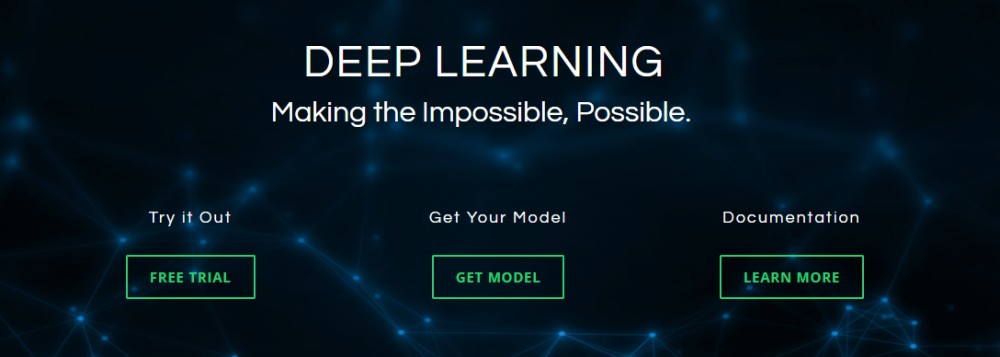
Some of the use cases are grain detection, deep learning detection, stomata cells detection, and more. Mipar offers a FREE trial to understand how it works.
Conclusion
Deep learning has the potential to fulfill the demands of this tech-savvy generation with its offerings, such as speech recognition, predictive intelligence, data analysis, etc., with speed and accuracy.
So, use deep learning software as discussed above and leverage its benefits and capabilities to drive innovation.

